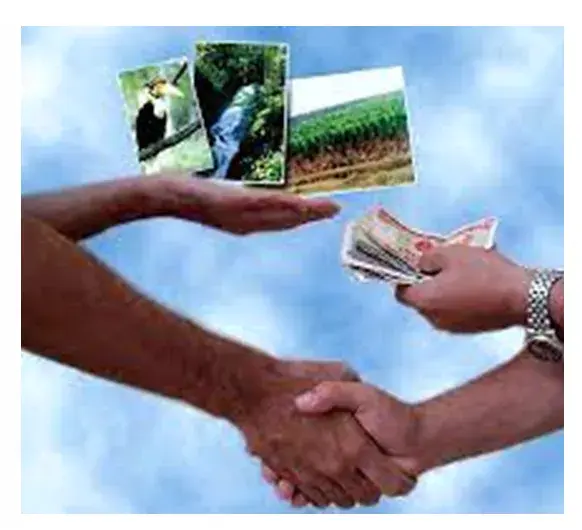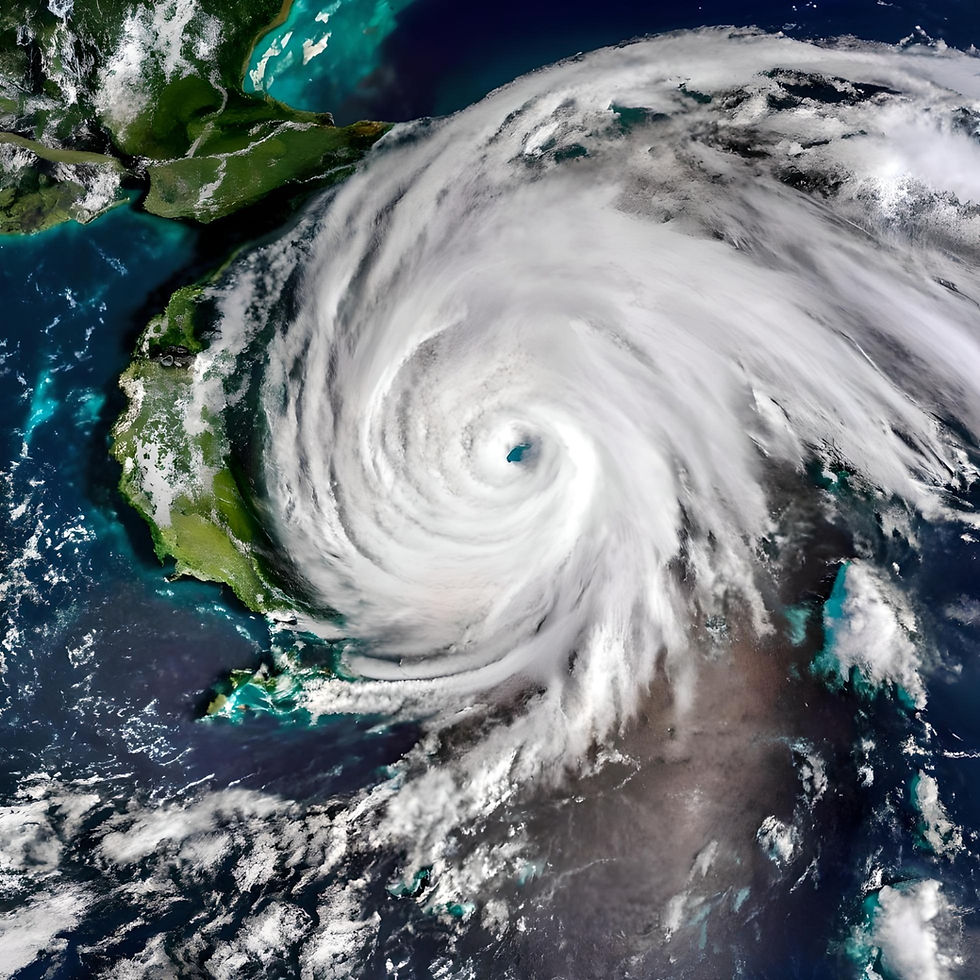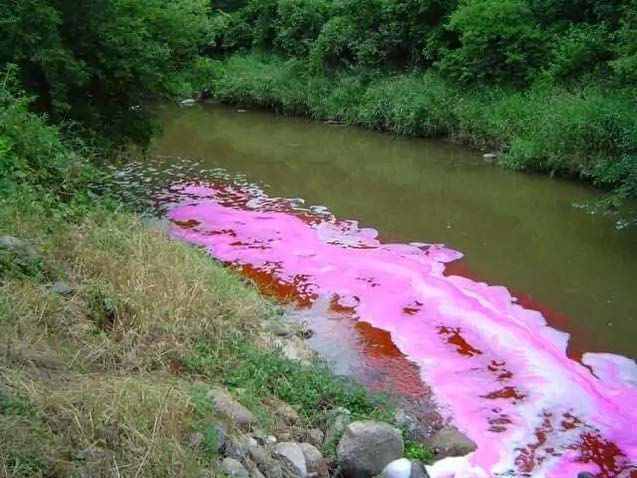Let’s Promote Co-Existence & Protect Wildlife
- Geethanjali Mariaselvam
- Mar 20, 2023
- 3 min read

Image Courtesy: Pixabay
When it comes to wildlife and biodiversity conservation, whose responsibility is it ultimately to share the burden of conservation equitably?
Wildlife and biodiversity conservation is the basis to bring about sustainable living on planet earth. Right now, humankind is facing a conflict wherein conservation and development are at the crossroads and there are a lot of arguments going on as to how the two should be balanced and which one should be prioritized.
Over the years, scientists and economists have realized that the economy cannot thrive without the environment, and conserving the environment is the only way to sustain the society and economy. The biosphere (Environment) is the basis of the Global economy, which is imperative for all of us. (Hans et al., 2013)
The Millenium Ecosystems Assessment, 2005 clearly pointed out that many of the ecosystems are facing degradation and need to be restored to maintain the continuous supply of ecosystem services. Continuous and sustained availability of all ecosystem services is necessary for human well-being. The ecosystem constitutes biodiversity and wildlife. Wildlife is an integral part of the ecosystem and they need to be conserved for various reasons.

Image Courtesy: Pixabay
Ecosystem services are alternatively known as nature’s goods and services and they are of four major categories (provisioning services like food, shelter; regulatory services like soil and water conservation; supporting services like habitat services and aesthetic services like cultural values, tourism etc.,) Except for the provisioning services and a to a little extent the aesthetic services, we do not put a monetary value on the rest of the services and hence they are taken for granted. Wildlife is valued for the aesthetic values and exploited more than the tolerance capacity in terms of unsustained and exploitative tourism in many cases.
The extent of Protected Areas kept aside for wildlife conservation in the entire country is only 5% of the geographical area (envis.wii.gov.in). Ideally, it should be more. If more areas are to be brought under conservation, private owned areas will have to be roped in for conservation as Protected Areas. The question then arises as to why a private individual will bear the cost of conservation for the sake of the entire society.

Image Courtesy: Pixabay
We will need to find ways to fund the conservation of Private Areas so that the societies and specific beneficiaries of the ecosystem services provided by those areas pay for the conservation and the money can be offered to the private owners to promote biodiversity and wildlife conservation. There are examples of hundreds of such schemes which are termed as “Payments/ Compensations for conservation” known in short as PES/CES and should be tried and emulated in India to bring about equity in Wildlife and Biodiversity Conservation.

Symbolic representation of PES cifor.org
About the Author
Geethanjali Mariaselvam is an Indian Forest Services (IFS) officer with 20 years of experience working with the Government of India and Punjab state in the forestry sector. Currently, she is serving as Chief General Manager in Punjab Forest Development Corporation. She graduated with a degree in Horticulture and a Post Graduate degree in Agriculture from the Tamil Nadu Agricultural University, Coimbatore. She also completed a rigorous three-year training program equivalent to a master’s degree in forestry and holds a postgraduate diploma in ecology and environment. In addition, she completed a diploma in Wildlife Management from the Wildlife Institute of India, Dehradun. Her interests include nature and environment conservation through people’s participation, and she has worked on large-scale tree plantations in rural areas of Bathinda, Punjab, with people’s involvement. Geethanjali has also worked in the Forest Survey of India and held various positions in the Ministry of Environment and Climate Change in New Delhi.










SUDIRMAN168
SUDIRMAN168
SUDIRMAN168
SUDIRMAN168DAFTAR
SUDIRMAN168LOGIN
SUDIRMAN168ALTERNATIF
SUDIRMAN168TERPERCAYA
SUDIRMAN168MAXWIN
SITUSPILIHANSUDIRMAN168&LAPAKBET777
LAPAKBET777
LAPAKBET777RESMI
LAPAKBET777GACOR
LAPAKBET777DAFTAR
LAPAKBET777LOGIN
LAPAKBET777ALTERNATIF
LAPAKBET777MAXWIN
TERMINAL4D
Daftar Link Dofollow
lapak7d
lapak7d
lapak7d
lapak7d
lapak7d
lapak7d
lapak7d
lapak7d
lapak7d
lapak7d
lapak7d
lapak7d
lapak7d
situs slot demo
slot demo X1000
scatter hitam
slot toto
situs slot online
situs slot online
situs slot online
situs slot
situs slot
situs slot
situs slot
sudirman168
sudirman168
sudirman168
slot gacor
toto singapure
situs toto 4d
toto slot 4d
pg soft mahjong2
mahjong2
pocari4d
pocari4d
pocari4d
pocari4d
pocari4d
pocari4d
pocari4d
terminalbet
terminalbet
data pemilu
utb bandung
universitas lampung
slot bonus new member
ksr88
ksr88
ksr88
ksr88
Slot Dana
situs slot gacor hari ini
terminal4d
terminal4d
terminal4